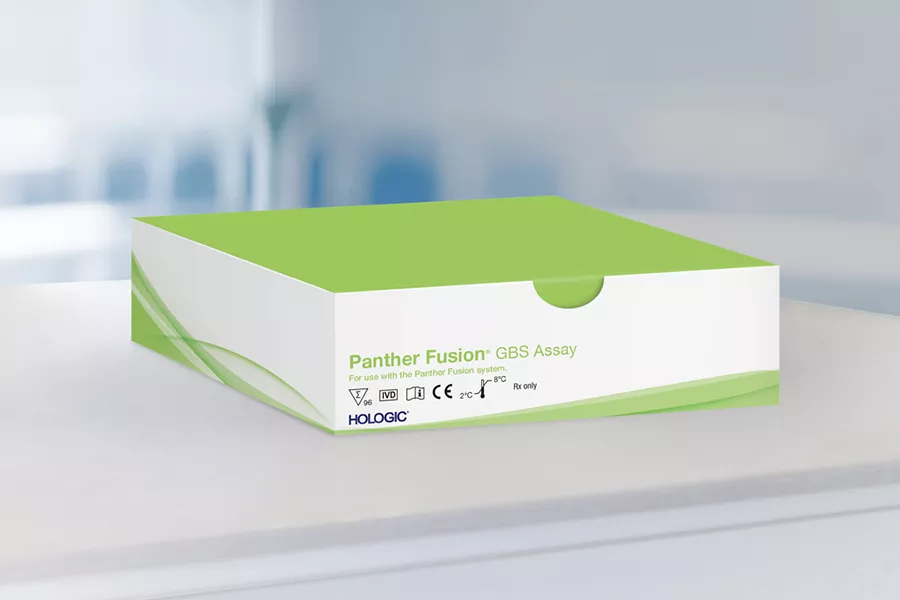Panther Fusion® GBS Assay: Testing the Benefits of NAATs versus Culture for Group B Strep Screening

Group B streptococcus (GBS) bacteria is naturally found in around 1 in 4 pregnant patients in the US, and can cause severe infections in newborns when transferred during delivery.1 While updated screening guidelines have dramatically reduced the rates of transmission to newborns, infection remains a public health concern that may demonstrate the need for more accurate testing methods.2 Two studies examining the role of NAATs (nucleic acid amplification tests) have suggested a new standard for GBS testing, based on their analytical sensitivity and workflow benefits.
Since guidelines were developed in 2002, culture-based tests have been the standard of care for GBS screening in pregnant patients. Screening using culture has successfully reduced overall transmission and rates of early onset disease (EOD) to newborns by guiding treatment for GBS-positive pregnant women with antibiotics.1
However, GBS remains the most common cause of serious newborn infections today.3 81% of babies that develop EOD are born to mothers with a negative GBS screening test.4 This suggests potentially inadequate sensitivity of culture-based screening tests leading to false negative results.4
A New Standard for GBS Screening During Pregnancy
Could there be a better way to screen for this potentially deadly infection? A 2019 study from the University of California, San Diego, compared the performance of three FDA-approved GBS NAATs, including the Panther Fusion® GBS assay, to conventional culture.
Across the 500 pregnant women tested, the NAATs demonstrated increased sensitivity and resulted in fewer false negatives than the culture-based tests.5
Given that the status of GBS screening tests determines whether a new mom receives a potentially lifesaving antibiotic for her newborn, the impact of reducing these false negative results is significant.5
"[Our findings] support the use of highly sensitive real-time PCR NAATs as the preferred method for GBS screening in the prenatal period," says Dr. David T. Pride, MD, PHD.5
GBS Testing You Can Trust
Are all NAATs created equal? A second study, conducted at Northwell Health Laboratories compared the workflow characteristics and analytical performance of two FDA-cleared NAATs for GBS detection: the Panther Fusion GBS assay and the BD MAXTM GBS assay.
Compared to the BD MAX GBS assay, the Panther Fusion GBS assay demonstrated workflow time savings through a shorter total turnaround time and fewer return visits to the instrument.6 These time savings can lead to a reduction in operating costs and more efficient use of laboratory resources, resulting in an estimated savings of $21,000 a year.6
The Panther Fusion GBS assay showed comparable assay performance to the BD MAX GBS assay, with a slightly lower limit of detection.6
Choosing the Panther Fusion GBS Assay
These two studies highlight that the test you choose matters. Since GBS is highly susceptible to antibiotics, for pregnant women there is the opportunity to prevent newborn deaths through improved detection.5
As a highly sensitive NAAT, the Panther Fusion GBS assay has the potential to identify at-risk patients, while saving your practice time and resources.5,6Let's work together to help give Moms and Dads the best information to care for their new babies.


